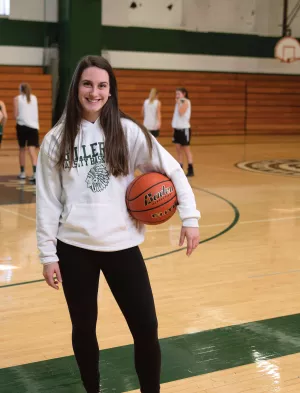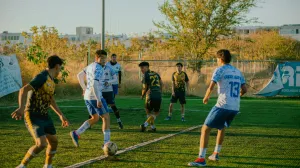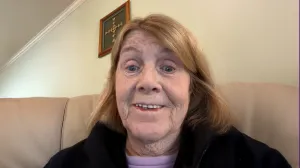
But one day last summer, she found herself in a different kind of club, one nobody wants to join. Playing summer basketball, she tore the anterior cruciate ligament (ACL) in her knee, taking her away from her sports and into surgery.
Taylor’s story is increasingly common. According to a study by the American Academy of Pediatrics, ACL injuries in youth aged 6-18 have been on the rise for the past 20 years. The study showed injuries peak at age 17 for boys, and age 16 for girls, and attributed the increased risk to more youths playing sports year-round and a rise in participation by girls.
Taylor fits the mold – she’s a three-sport athlete and was 16 last year when her injury occurred. Like so many knee ligament injuries, there was no contact; she lunged to steal a pass and landed awkwardly. Her knee twisted, followed by a popping sound and pain.
“I thought, ‘It can’t be my ACL,’” Taylor says. “I play soccer and basketball and run track. I can’t miss my sports.”
Taylor needed an experienced surgeon to repair her knee and found one right down the road. Circle Health’s two affiliated orthopedic practices – Orthopaedic Surgical Associates and Merrimack Valley Orthopaedic Associates, both in North Chelmsford – are led by surgeons with extensive experience in a range of specialties, each focused on achieving the best outcome and a fast, safe recovery.
Taylor got an appointment with Dr. Scott Sigman, who has performed hundreds of knee surgeries.
“Doctors who are good at ACL procedures are doing multiple surgeries every month, so they’re quite confident and technically skilled,” Sigman says. “And it’s important in young adult athletes to seek someone who is doing opioid-sparing surgery. Young people are the most vulnerable to addiction.”
After an MRI, Taylor learned she not only had torn her ACL, but strained her MCL (medial collateral ligament) and had torn her meniscus as well. Last August, he performed her surgery.
To reduce or eliminate the need for narcotic pain medication, Dr. Sigman uses a post-surgical analgesic to numb the surgical site for 24 to 48 hours, and Taylor said she went home after surgery that same day with no pain. When her pain level rose in the days afterward, she needed very little medication to get through the worst of it.
The next step was to gradually strengthen the knee with physical therapy, and lots of it. Taylor faced eight months of recovery.
“No one really understands the process of recovery with an ACL until they do it,” Taylor says.
To get herself back in the game, she started waking up at 5 a.m. to do physical therapy (PT). She continued to go to practice with her team after school and when she got home, she’d do another round of PT. By track season in the spring she hopes to be back doing the 100 and 200 yard events. And she is confident that by the time she’s a senior in the fall, she’ll be back to full speed.
She says the care and expertise she received from Circle Health was all she could ask for.
“I think it went perfectly,” she says.


